The animal kingdom is vast and diverse, housing creatures that defy our understanding of beauty and strangeness. While some animals captivate us with their majesty, others intrigue us with their unusual appearances. This article explores some of the rarest animals in the world with the most distinctive physical features, showcasing how their appearances help them survive in their environments. From translucent skin to elaborate appendages, these creatures are as fascinating as they are rare.
Axolotl (“Mexican Walking Fish”)
The axolotl is an aquatic salamander native to Mexico, notable for its external gills and perpetual larval state, a phenomenon known as neoteny. Unlike most amphibians, axolotls do not undergo metamorphosis.
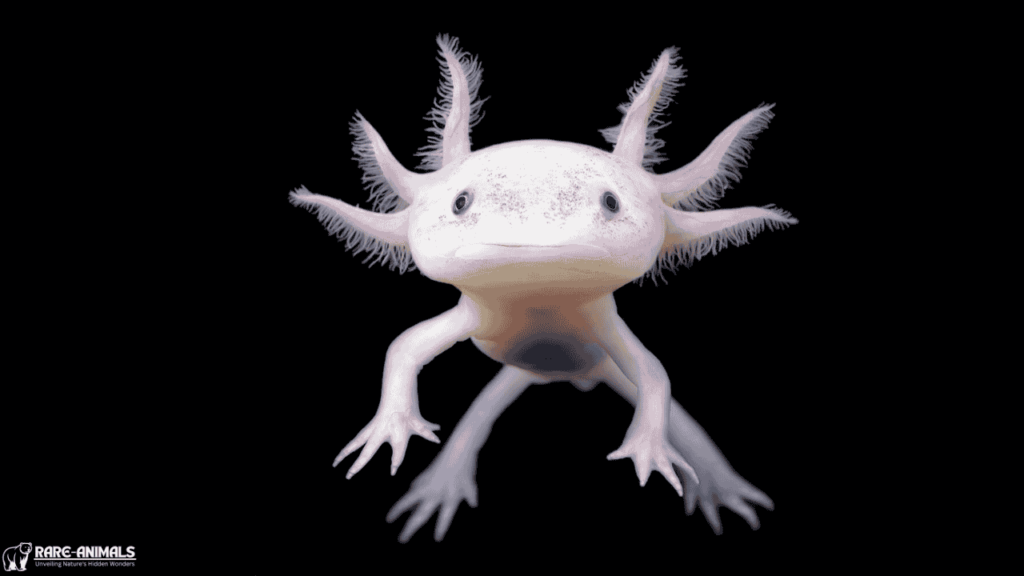
Unique Features
- External Gills: Feathery gills protrude from the sides of their heads, allowing them to breathe underwater.
- Regeneration: They can regrow limbs, spinal cords, and even parts of their hearts and brains.
- Perpetual Smile: Their wide mouths give them the appearance of always smiling.
| Feature | Description |
|---|---|
| External Gills | Feathery appendages for underwater respiration |
| Neoteny | Retains larval features throughout life |
| Regenerative Abilities | Can regrow complex body parts |
Pangolin
Often mistaken for a reptile due to their armored appearance, pangolins are mammals covered in keratin scales. They are primarily found in Africa and Asia and are critically endangered due to poaching.
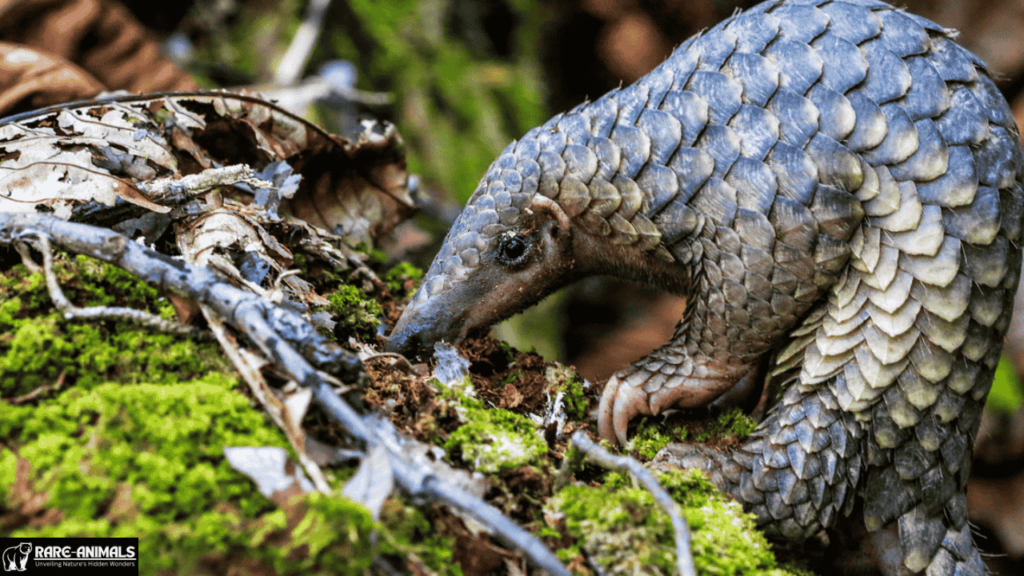
Unique Features
- Keratin Scales: Provides defense against predators.
- Specialized Tongue: Their tongues are longer than their bodies, ideal for eating ants and termites.
- Defensive Curling: They curl into a tight ball when threatened.
| Feature | Description |
| Keratin Scales | Protective armor |
| Long Tongue | Specialized for feeding on insects |
| Defensive Behavior | Rolls into a ball when in danger |
Star-Nosed Mole
The star-nosed mole is a small mammal native to North America. Its most distinguishing feature is its star-shaped nose, composed of 22 fleshy appendages called “tendrils.”
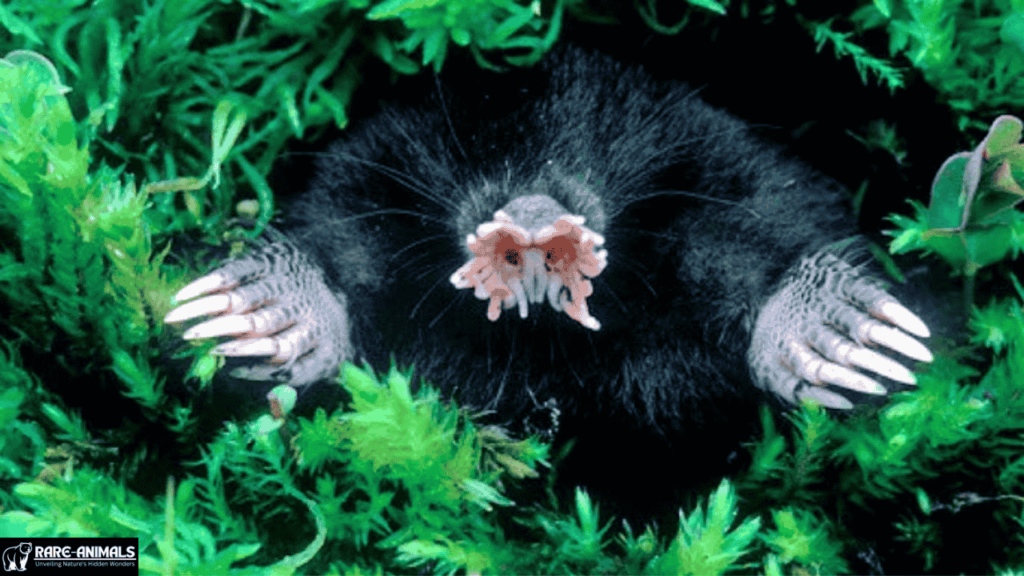
Unique Features
- Star-Shaped Nose: Contains over 25,000 sensory receptors, making it highly sensitive.
- Subterranean Lifestyle: Adapted for life underground with poor eyesight but heightened touch sensitivity.
- Fastest Eater: Can identify and consume prey in as little as 120 milliseconds.
| Feature | Description |
| Star-Shaped Nose | 22 appendages with extreme sensory perception |
| Poor Eyesight | Relies on touch for navigation and hunting |
| Rapid Feeding | Consumes prey almost instantly |
Glass Frog
The glass frog is a small, translucent amphibian found in Central and South America. Its skin is so clear that you can see its internal organs.
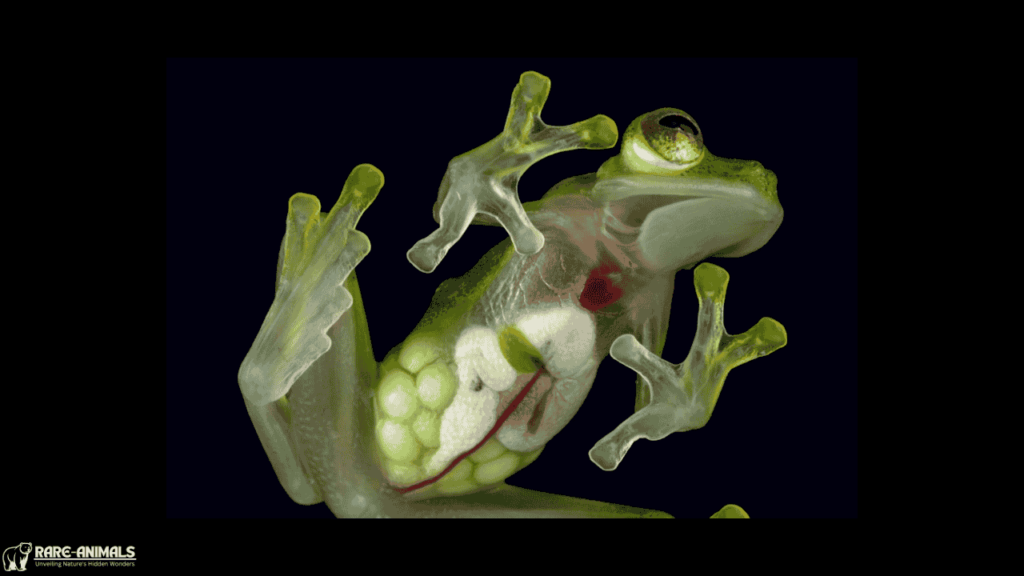
Unique Features
- Translucent Skin: Provides camouflage by blending into leafy backgrounds.
- Visible Organs: Internal organs are visible through their belly.
- Arboreal Lifestyle: Lives in trees, rarely descending to the ground.
| Feature | Description |
| Translucent Skin | Acts as camouflage |
| Visible Organs | Heart, liver, and intestines visible through the skin |
| Tree-Dwelling | Adapted to life in forest canopies |
Shoebill Stork
The shoebill stork, native to Africa, is known for its prehistoric appearance and massive, shoe-shaped bill. It’s one of the largest and rarest birds in the world.
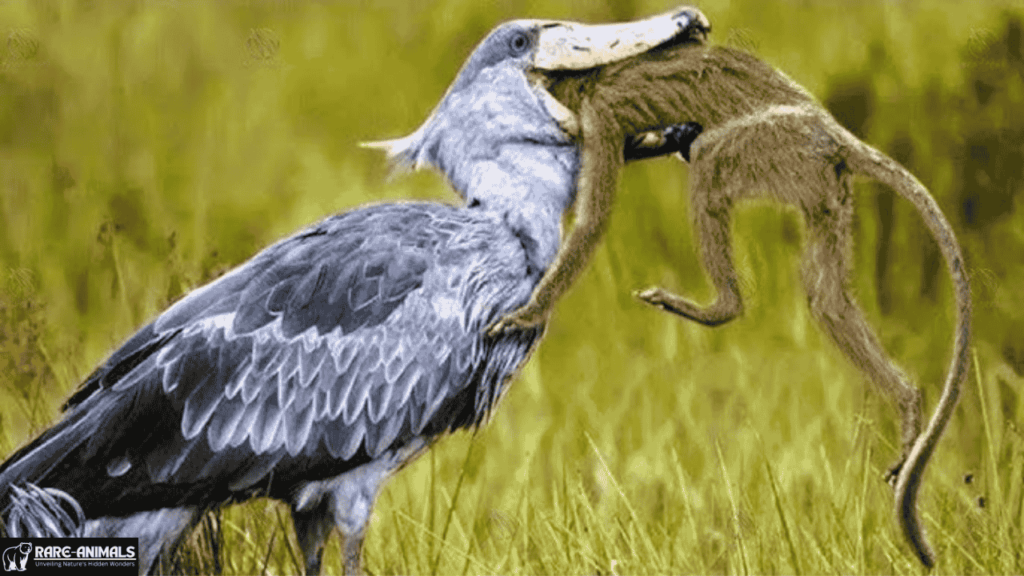
Unique Features
- Massive Bill: Used to catch and crush prey like fish, amphibians, and small reptiles.
- Intimidating Stare: Known for its piercing, almost human-like eyes.
- Prehistoric Look: Resembles ancient dinosaurs in both size and posture.
| Feature | Description |
| Large Bill | Efficient for catching prey |
| Intimidating Stare | Piercing eyes used for hunting and intimidation |
| Dinosaur-like Appearance | Resembles ancient avian ancestors |
Leaf-Tailed Gecko
Native to Madagascar, the leaf-tailed gecko is a master of disguise. Its flattened body and leaf-like tail help it blend seamlessly into its surroundings.
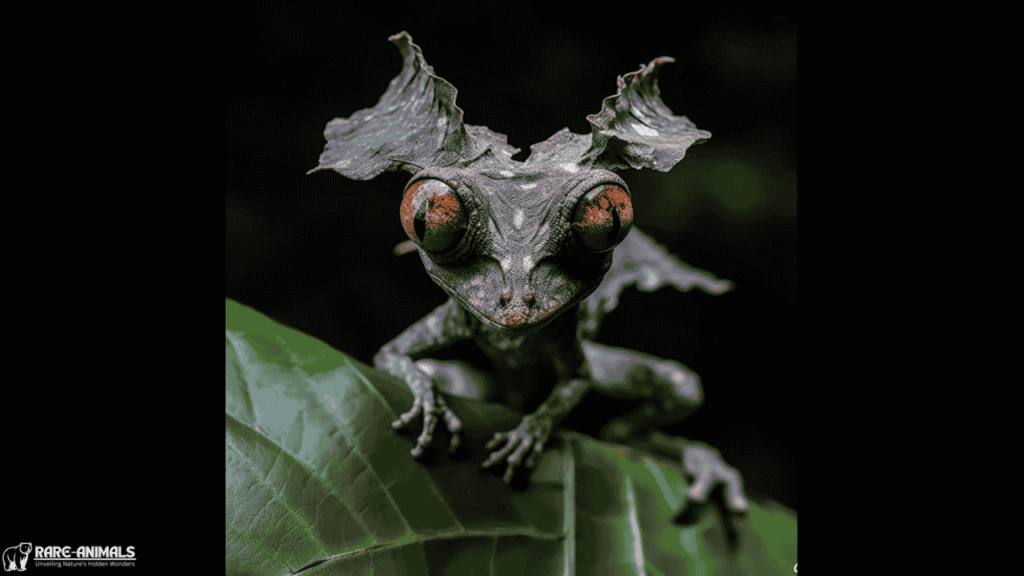
Unique Features
- Leaf-Like Tail: Mimics a decaying leaf to avoid predators.
- Cryptic Coloration: Can change color to match its environment.
- Nocturnal Lifestyle: Active at night, relying on camouflage for daytime hiding.
| Feature | Description |
| Leaf-Like Tail | Camouflage resembling a leaf |
| Cryptic Coloration | Changes color for optimal blending |
| Nocturnal Adaptation | Hunts at night, hides during the day |
Japanese Spider Crab
The Japanese spider crab is the largest arthropod in the world, with legs spanning up to 12 feet. Found in deep waters near Japan, this creature is both rare and fascinating.
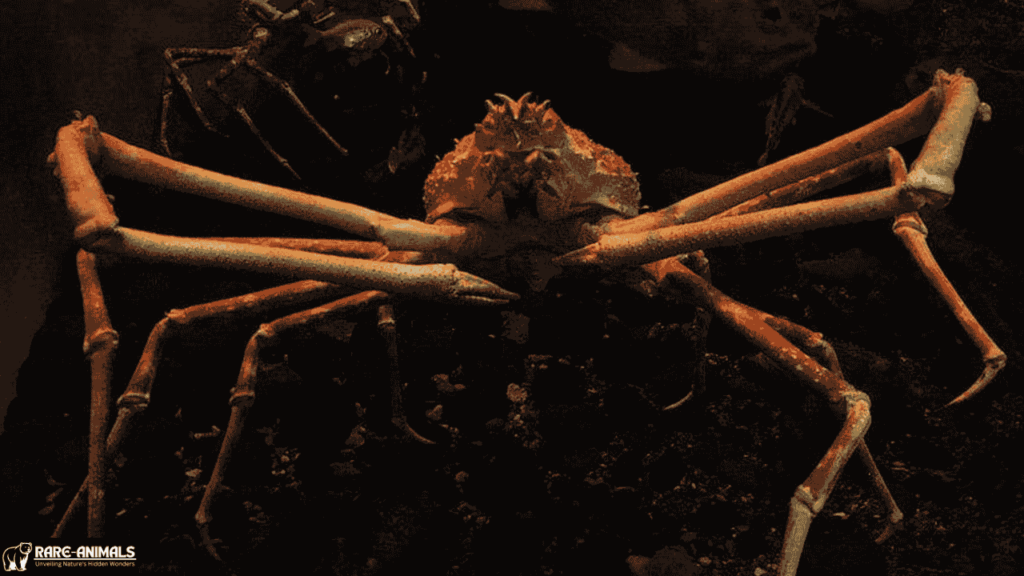
Unique Features
- Enormous Legs: Long, spindly legs adapted for movement on the seafloor.
- Deep-Sea Habitat: Lives at depths of up to 600 meters.
- Longevity: Can live for over 100 years.
| Feature | Description |
| Enormous Legs | Long limbs for navigating the ocean floor |
| Deep-Sea Habitat | Resides at extreme depths |
| Exceptional Longevity | Lifespan exceeding a century |
Saiga Antelope
The saiga antelope is a critically endangered species native to Central Asia. Its most unusual feature is its large, downward-facing nose, which filters dust and cools air.
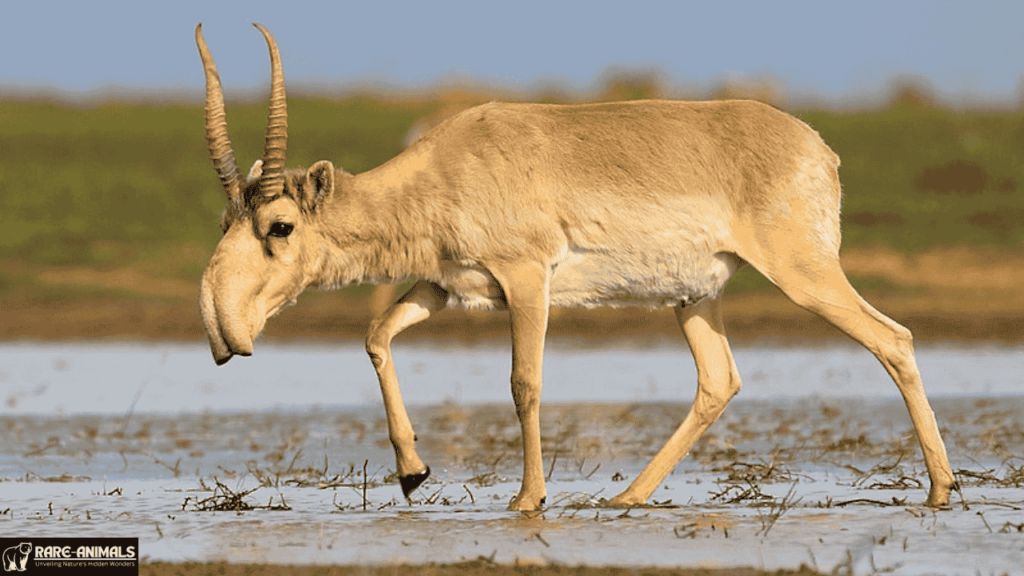
Unique Features
- Distinctive Nose: Filters out dust and regulates temperature.
- Herd Behavior: Lives in large herds for protection.
- Seasonal Adaptations: Thick fur in winter and shedding in summer.
| Feature | Description |
| Large Nose | Adaptation for filtering air and dust |
| Herd Living | Group behavior for safety |
| Seasonal Adaptations | Adjusts fur density with seasons |
Conclusion
Rare animals with unusual appearances often captivate us due to their distinctiveness. From the axolotl’s regenerative abilities to the saiga antelope’s bizarre nose, these creatures demonstrate the incredible diversity of life on Earth. Many of these animals are endangered, highlighting the need for conservation efforts to preserve their unique adaptations and the ecosystems they inhabit. By learning about and appreciating these rare species, we can contribute to their survival and the richness of our planet’s biodiversity.
FAQs
1. What makes an animal “rare”?
An animal is considered rare if it has a small population, limited geographic range, or unique physical or behavioral traits that are uncommon.
2. Why are rare animals often endangered?
Rare animals are often endangered due to habitat loss, poaching, climate change, and limited reproduction rates.
3. Can rare animals be found in captivity?
Yes, many rare animals are kept in zoos or sanctuaries to protect them from threats and support conservation efforts.
4. How can I help conserve rare animals?
You can contribute by supporting conservation organizations, reducing your ecological footprint, and spreading awareness about endangered species.
5. Are all rare animals dangerous?
No, most rare animals are not dangerous to humans unless threatened. Their unique appearances often serve as adaptations for survival, not aggression.

Alveena is an experienced content writer with a knack for crafting engaging and insightful pieces. She thrives on breaking down complex ideas and presenting them as clear, captivating content that resonates with readers.

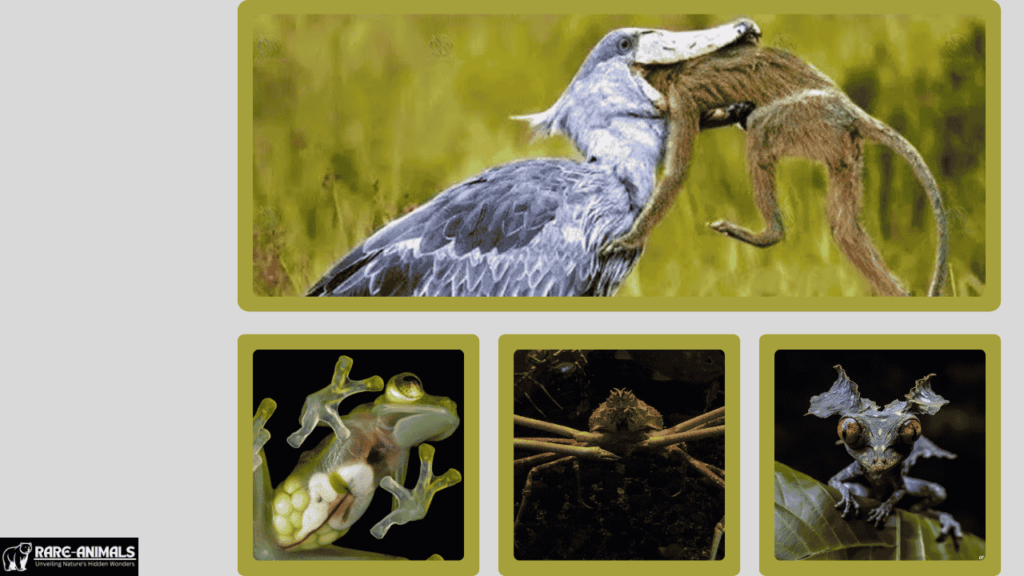
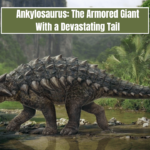
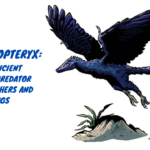




1 thought on “Top Rare Animals with Unusual Appearances”